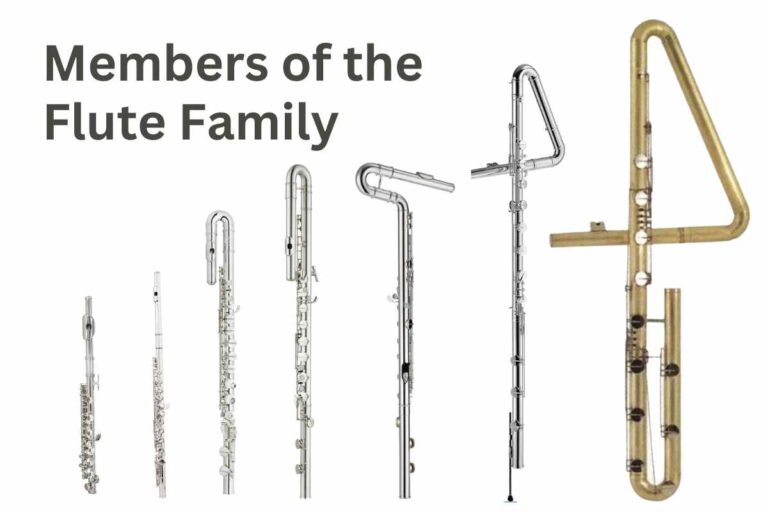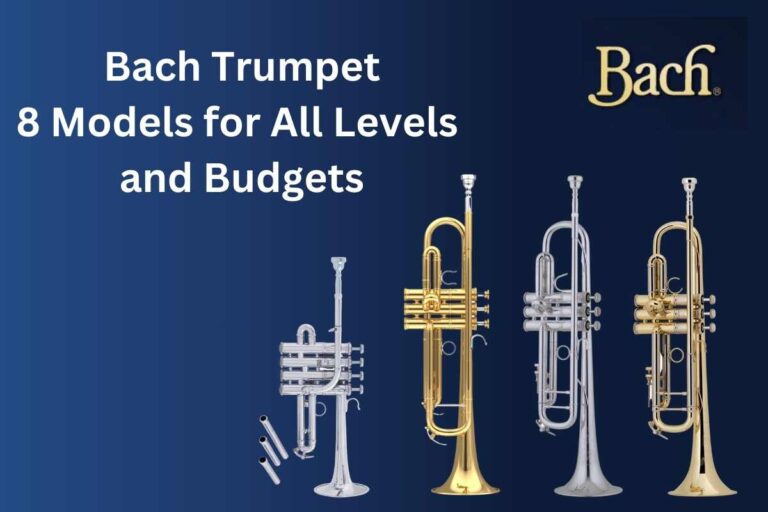Flute Alternate Fingerings: A Complete Guide for Beginners 2025
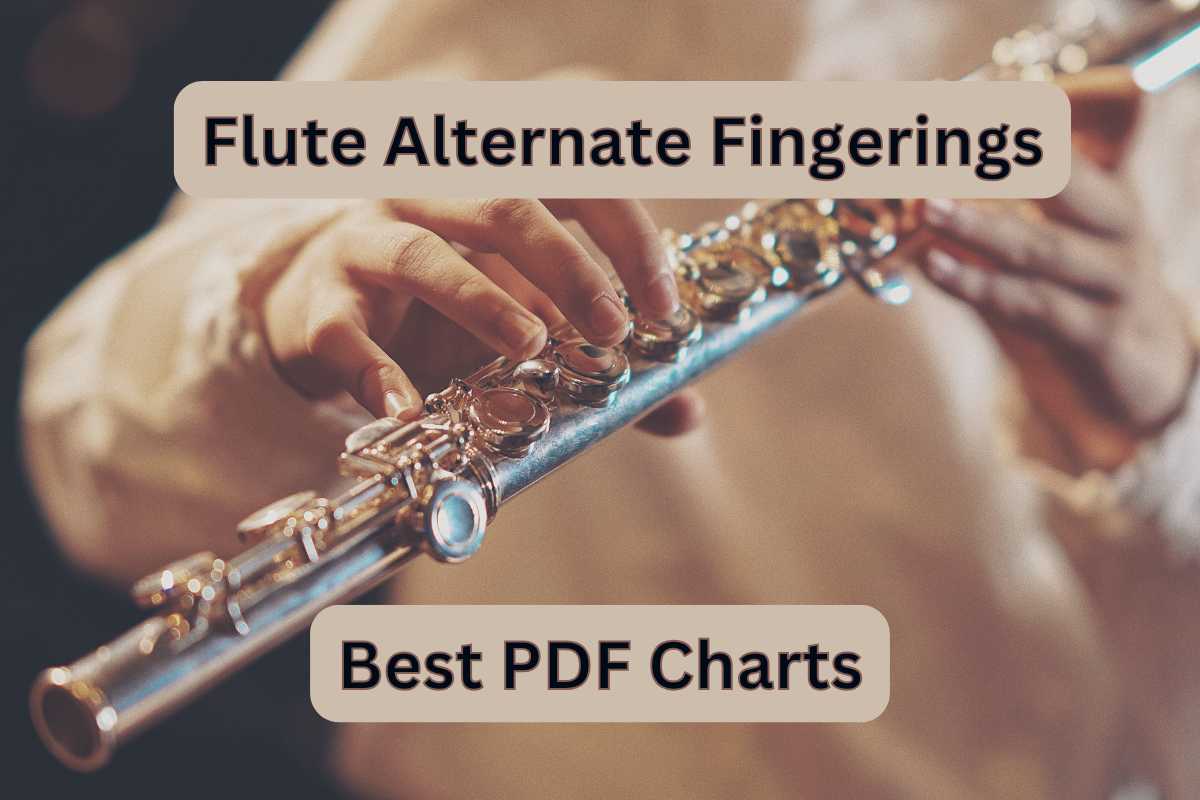
Knowing flute alternate fingerings is a total game-changer. (Seriously!) They’re different ways to play the same note and make tricky passages easier (or sound cooler)
These are alternative ways to finger notes easier (less awkward hand positions) and just pop your tone!
Think of them as secret shortcuts!! Once you learn them, you’ll wonder how you survived without them.
Want a handy guide? Check out my downloadable flute alternate fingerings PDF charts for every alternate of the first octave (the rest are coming soon!!). Print them and stash em in your flute case!
What Are Flute Alternate Fingerings
Think of alternate fingerings (or “alt fingerings”) as ways to play the same note on your flute.
Some notes don’t sound quite right with the standard fingerings. Instead of using the standard fingering, switch it up for better tone or easier transitions. Find the standard in my “Flute Fingering Chart PDF: Best Beginner’s Guide“
Alternate fingerings give you options. Sometimes, the regular fingering makes your note sound sharp (or flat), but an alternate fingering can fix that right up. Plus, alternate positions make your life easier when playing super fast passages.
Alternate fingerings are tried-and-true techniques that pro flutists have been using for ages. These fingerings are the same on all C flutes — concert flutes (Learn other “10 Members of the Flute Family“). But you might need extra work depending on a model. (Yup, flutes are picky.) Experimenting and practicing are key!!
Download FREE printable flute alternate fingerings here.
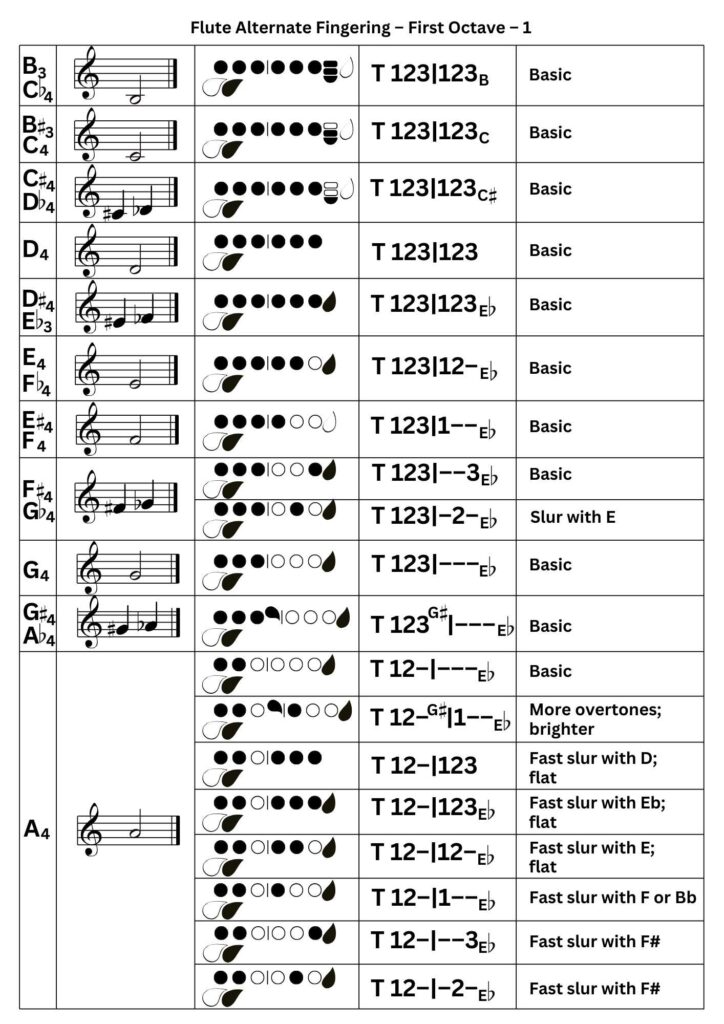
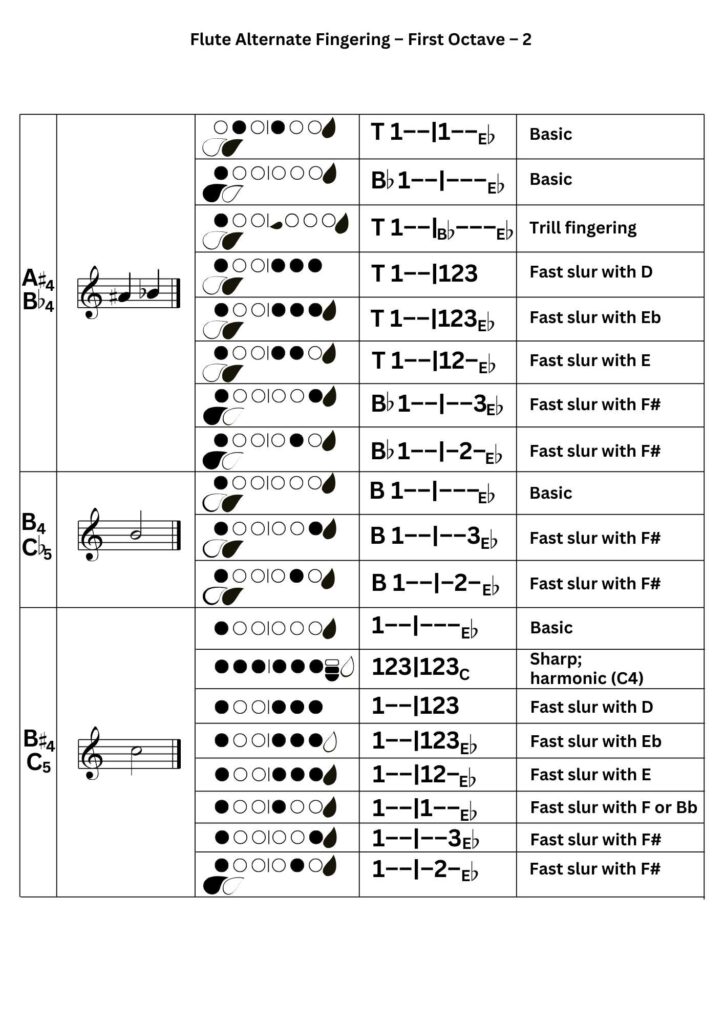
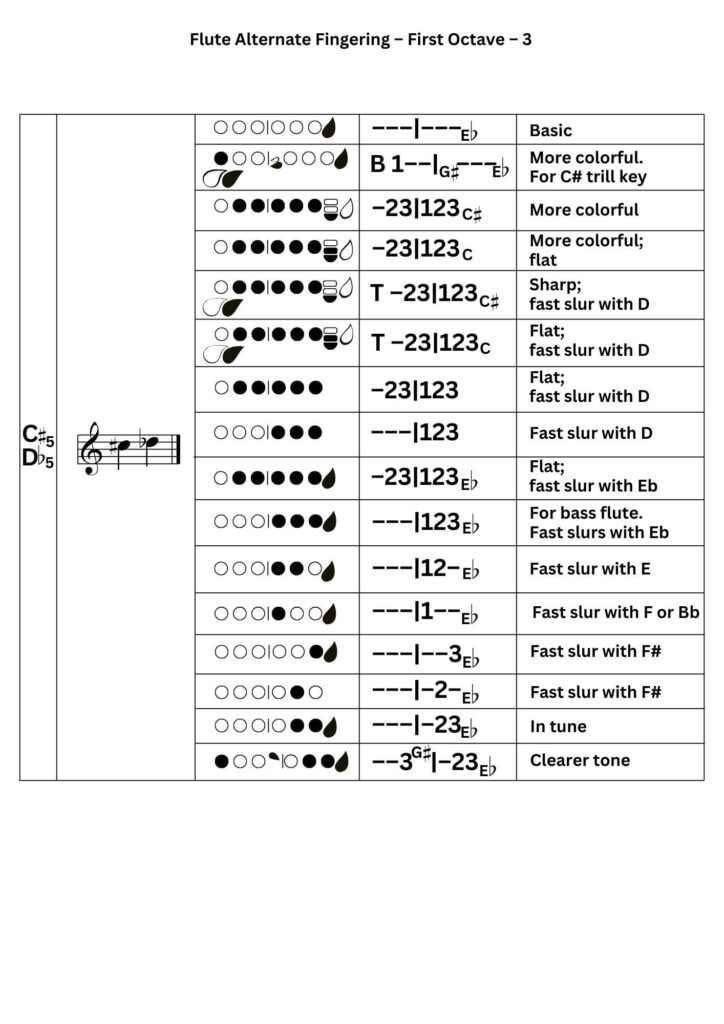
Common Challenges with Traditional Flute Fingerings
Standard flute fingerings are great most of the time, but they’re not perfect.
Moving between registers feels like jumping hurdles. Those transitions make even simple passages sound choppy—not cool!
Some notes are stubborn (looking at you, high F#). They either sound sharp, flat, or take crazy amounts of air. Standard fingerings feel like you’re wrestling with your flute.
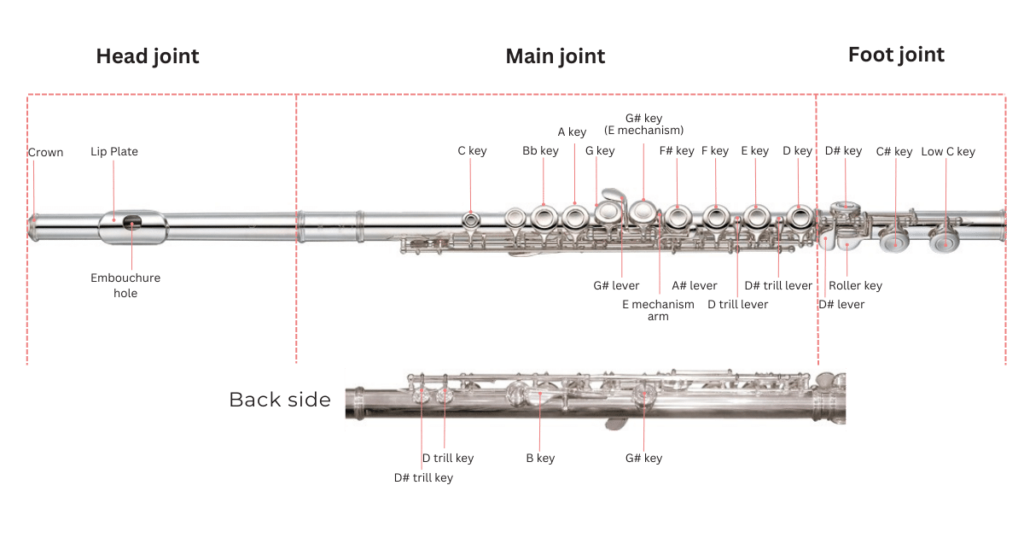
Want to know what are the different parts of the flute? Read my “Flute Full Anatomy Guide“
The biggest headache comes from high notes (especially that pesky high E and the 3rd octave).
If you’re struggling with these same headaches — you’re not alone! There are easier ways to hit those notes — starting with alternate fingerings.
Core Benefits of Flute Alternate Fingerings
Alternate fingerings open up a whole new world of playing possibilities. They help you play better in tune, handle tricky passages, and add more colors to your musical palette!
| Pitch Adjustment | The high register D often runs sharp, but the alternate fingering (1-2-3 plus side key) brings it down to pitch. |
| Easier | Take the tricky F# to Bb transition — use the side Bb key (instead of the regular one) to smooth this passage. In fast chromatic runs (like in Debussy’s “Syrinx”), alternate fingerings for F# and C# reduce finger gymnastics. |
| Tonal Colors | Each alternate fingering creates a slightly different tone color (like shades of the same paint). The regular C# sounds bright, while its alternate fingering gives a mellow vibe. Or, the low C# can sound richer! |
It takes time to get comfy with these fingerings — no need to rush!
When to Use Alternate Fingerings
Alternate fingerings are handy in all sorts of situations.
Middle-range notes (like G# and A) are prime candidates for alternate fingerings. These notes can sound sharp or flat — so annoying!
If you’re playing a fast passage, fingerings make everything smoother. Where regular fingerings trip you up — alternates help you stay clean and controlled.
In orchestra, alternate fingerings save you when intonation matters more than tone quality (yep, it happens). To blend with the group (and not stand out), your fingerings make a huge difference in matching pitch with others.
Trills and tremolos need quick finger switches. Standard fingerings are fine for slower trills, but when speed kicks in — they are impossible! Alternate fingerings make the trill smoother and faster
How to Practice Flute Alternate Fingerings
Begin with slow scales using alternate fingerings each day. Set your metronome to 60 BPM and practice for about 15 minutes. Focus on smooth transitions between notes.
Keep your hand position natural and your posture upright — no death grip on that flute!
Then, don’t just practice in isolation — use them in real music. Add alternate fingerings to your favorite etudes (or songs).
Pop-out your tuner and check each note’s pitch. Some alternate fingerings need tiny adjustments to stay in tune. Always check your intonation with a tuner. Record yourself playing to catch any wonky notes
Practice routine:
- Warm up with regular fingerings for 5 minutes
- Practice one new alternate fingering for 10 minutes
- Play a simple melody using the new fingering
- Record yourself and listen back
- Check pitch with a tuner
Start with slower sections first! Switch fingerings during repeated notes to add variety.
Remember, consistency is key — no need to rush it. If something feels off, check your posture or ask your teacher for help.
Conclusion: Master Flute Alternate Fingerings Today
Alternate fingerings (or “alt fingerings”) help you play faster, cleaner, and with better tone.
Getting comfy with different finger positions feels weird, but it becomes second nature. When you’re practicing, take it slow and steady.
Now’s the time to start practicing. Download my PDF chart and get to work.



